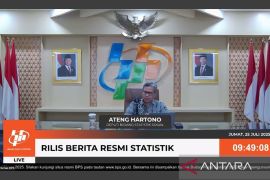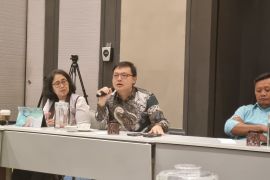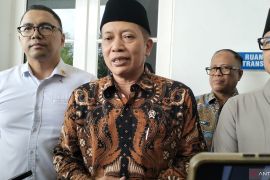The ministry's Deputy for Mental Revolution, Cultural Advancement, and Sports Achievement, Didik Suhardi, stated that his side collaborates with the Marine Affairs and Fisheries Ministry in contributing to poverty alleviation.
"We must improve their human resources. We are working with the Marine Affairs and Fisheries Ministry to carry out several activities in the framework of the Independent Indonesia Movement, which is part of the Mental Revolution Movement," Suhardi remarked.
He pressed for improving the coastal communities' literacy in technology so as to enable them to make the most of various opportunities to boost the economy.
"Our human resources are still lacking. We need the application of technology that can be used by our maritime human resources," he stated.
Statistics Indonesia's (BPS') data in March 2022 showed that the percentage of poor people in coastal areas is greater than that in non-coastal areas.
Related news: Extreme poverty projected declining to 0.8-0.9 percent at 2023-end
As of March 2022, some 3.9 million people with extreme poverty were recorded in coastal areas, while there were 1.65 million extremely poor people in non-coastal regions.
Meanwhile, 17.74 million people in coastal areas were categorized as poor, while there were 8.4 million poor people in non-coastal areas.
In addition to tackling poverty, Suhardi affirmed that the government is focused on reducing stunting prevalence to 14 percent by 2024.
He also drew attention to the potential for agricultural and industrial business sectors in coastal areas to boost local income.
The government is implementing various strategies to alleviate extreme poverty by 2024.
Those strategies comprise the distribution of social assistance, such as the Family Hope Program (PKH) and the Smart Indonesia Card (KIP), as well as bolstering community empowerment programs.
Related news: Village SDGs aim to realize poverty-free villages: Ministry
Translator: Asep F, Kenzu
Editor: Yuni Arisandy Sinaga
Copyright © ANTARA 2023












